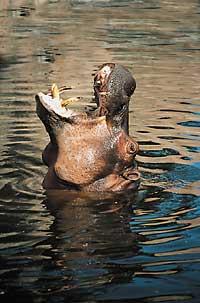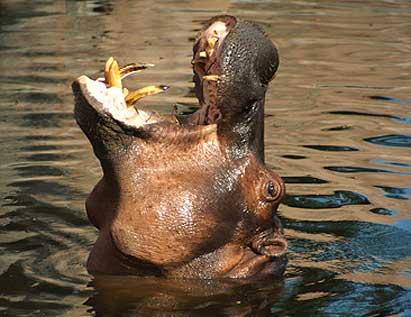Flower thorns from Kenya
2002/06/02 Galarraga Aiestaran, Ana - Elhuyar Zientzia

In the past, flowers were given only on specific days and were almost always women. However, the custom of gifting and buying flowers has spread a lot and today moves a lot of money that can be taken into account.
The best-selling product is the cut flower (mainly roses and carnations), followed by pot plants, both flowering and green.
After the strong growth of the flower business in the 70-80's, in recent years it has slowed down. However, consumption is expected to increase in developing countries, so a promising future is expected. Currently, the biggest consumers are the USA, Japan and Western Europe. The main producers are the USA, Japan and Holland, respectively, and among the three control 50% of world production. However, it should be noted that the Netherlands, the world's third largest producer, is the first in exports, as flowers purchased from other countries are sold.
Flowers against hunger
However, the countries of South and Central America, Africa and Asia are becoming more and more producers and the flowers that have been produced there give a clear path: Those from Central and South America head to North America and Europe, while Asians and Africans head to Europe. In the end, as indicated by the Food and Agriculture Organization of the United Nations (FAO), although almost no one eats flowers, many people live from flowering in developing countries.

Kenya is among the new flower exporters. To see the strength of floral growth in this country are enough a couple of data: Until 1972 it did not start producing export flowers, but now compete with typical export products (tea, coffee and tourism). The snapshots of flowers produced are roses and a quarter of the total production is exported to the Netherlands.
Despite the great numbers, floral growth has a great importance in the development of Kenyan society. In fact, most workers are women and allocate most of their benefits to the education and care of their children.
But as some flowers have thorns, this activity also has its own. The market only supports flowers of perfect appearance, so in the search of the optimal product the most efficient pesticides are used. In addition, until recently the floriculture standards were not as strict as those applied in agriculture. Therefore, its great capacity to combat all types of pests makes bromomethane use.
Spina is pesticide

Bromomethane does not ole or cause irritation, but this does not mean that it does not cause harm. Being difficult to detect, it is confused with a weeping in order to reduce the risk of worker intoxication. In fact, it is extremely toxic, making it ideal for fighting fungi, parasites and infectious agents. But, in turn, it destroys the health of growers. It mainly affects the nervous system and circulation and can lead to intoxicated shock.
From the environmental point of view, it reaches from the earth to the water and, of course, from there to all living beings. And if all this were not enough, it increases global warming as it affects the ozone layer.
Finding examples of the influence of bromethane on the environment is easier than desired. For example, in Kenya itself, the largest flower production area is located by a freshwater lake in the vicinity of Lake Naivasha. After many years of overuse of bromomethane, it has now been seen that the lake balance is in danger and has caused significant damage to the hippos that inhabit there.

In any case, do not think that this pesticide is then used only in Africa, not even again. Its use dates back to 1965 and has focused on the US, Mexico, Japan, Italy, Israel, Spain, France and Brazil. However, in 1999 167 countries agreed in the Montreal Protocol to progressively reduce the use of bromomethane. According to this, developing countries have up to 2015, ten years more than developed countries.
However, replacing bromomethane is not easy, as it is eleven times more effective than many other pesticides. If you want to use other methods, you have to combine them, since alone they do not have enough strength. In this regard, FAO and the United Nations Environment Plan have created a programme of aid to reconcile clean production with pest control.
Keep in mind that US and European manufacturers can encourage their governments to avoid products made from bromomethane. It is clear that Kenyan producers are obliged to do without this pesticide, which will certainly benefit the health of its inhabitants and the environment. It is such an important source of income while maintaining the activity.
Published in 7K.

Gai honi buruzko eduki gehiago
Elhuyarrek garatutako teknologia





